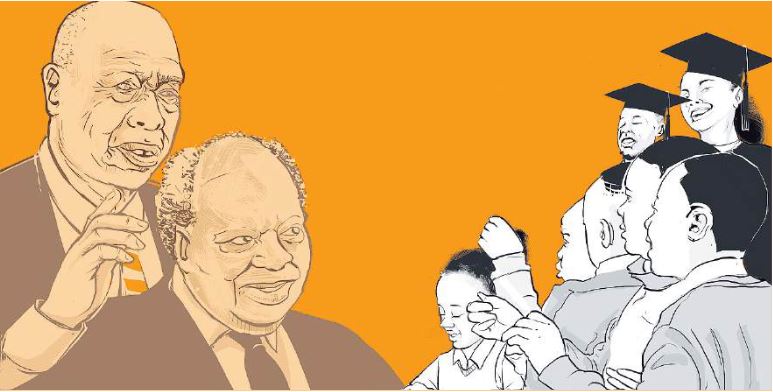
Last week I wrote about how a leader’s key policy decisions which seem perfectly valid at the time they are made, will sometimes turn out to have laid a foundation for disasters to come.
My examples were from Germany: first was former Chancellor Angela Merkel’s policy of expanding trade ties with Russia which was supposed to bring Russia into ever closer engagement with the European Union and rule out any potential aggression against Russia’s much smaller neighbouring states. This was proved to have been delusionary when Russia launched an unprovoked full-scale invasion of Ukraine.
The other was the admission of more than a million Syrian refugees into Germany in 2015, which – most unfortunately – paved the way for the rise of Germany’s far right political parties, which are generally considered to be the political heirs of the Nazis who, in the mid-20th century, led Germany into its greatest ever national catastrophe.
None of these two outcomes were foreseeable when the critical decisions were made. But all the same we can say that Merkel in one case, misread the psychology of the Russian leadership, and in the other case, misread the psychology of her own people when confronted with hordes of foreigners moving into their country.
This question of correctly reading the psychology of either key political players or a national population is central to many political outcomes.
Now I want to consider what happens when the official policies of Kenyan presidents – and immensely popular policies at that – produce unexpected outcomes.
The first is President Daniel Moi who ruled with an iron fist from1978 to 2002, when he promoted the rapid expansion of public universities. Partly because as a former school teacher, he really believed in helping each child to climb as high as possible up the academic ladder. And partly because it was good politics: the setting up of a public university in any region’s biggest town, invariably led to a minor economic boom, with the professors, lecturers and students all needing accommodation (hence a boom in real estate construction) plus many jobs in the unskilled ranks (cleaners, gardeners, etc) were also available to residents.
You only need consider that in the 1980s, early in President Moi’s rule, less than 2,000 students graduated with degrees every year from the sole public university we had then. But now, we have about 100,000 freshly minted university graduates entering the job market every year: 50 times as many, and yet our population has barely tripled in that time.
President Mwai Kibaki (2002 to 2013) also came up with a pivotal reform in Kenya’s education system: he made primary education completely free, and this led to about 1.5 million children who had fallen out of the education system to return to school and resume their studies.
If ever there was anything which was ‘bottom up’ in Kenya, it was President Kibaki’s education reforms. His policies greatly swelled the number of students in primary schools, which in turn was to lead to greater enrolments in secondary schools, and ultimately, more young Kenyans qualifying for university education.
Between the continued pressure for more public universities in more and more regions, and the greater number of students who qualified to study in these universities, it was inevitable, really, that the country would end up with a huge surplus of well-educated young people, whose numbers were far more than the economy could absorb.
That is why you will read of the Ministry of Education or the Teachers Service Commission, explaining that about 80,000 more teachers must be recruited immediately. And no doubt there are that many unemployed young people in Kenya, fully qualified for those jobs. But the government does not have the money to pay them all, we are told.
Same thing with the health sector, now under the county governments following the 2010 Constitution and the advent of devolution.
All those tens of thousands of fully trained hospital staff in various categories are no doubt needed in public hospitals. But there is not enough money to pay for all of them to be employed – or so we are told.
And so while nobody seriously questions the provision of free education, there are more and more queries raised as to whether Kenya really needed so many universities. And more practically, many young people who qualify to study at these universities, do not bother to apply for admission at all.
Yet not that long ago, the greatest “gift” that a president could give to any region, was the undertaking that the government would establish a university in that region.


![[PHOTOS] KPC signs a service legal agreement with KEBS](/_next/image?url=https%3A%2F%2Fcdn.radioafrica.digital%2Fimage%2F2025%2F07%2Fa63c369d-7d4d-4a8c-bef9-34dba4c6d536.jpg&w=3840&q=100)









